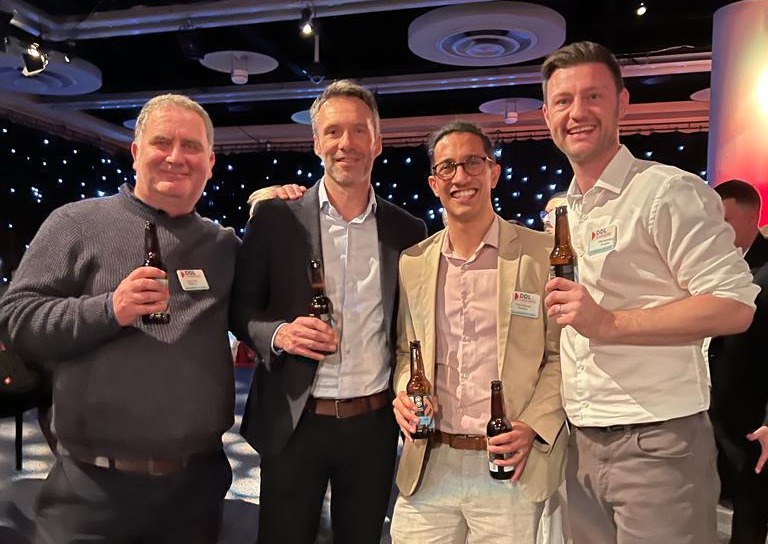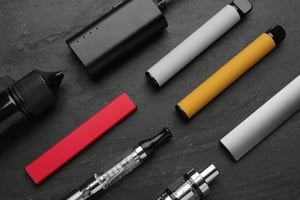When developing a nicotine product, the choice between freebase nicotine and nicotine salts plays a critical role in the overall experience, stability, and regulatory compliance of your product....
A Summary of DDL 2022
Pharmaceuticals

Dec 13, 2022 | Published by Dean Hatt
Pharmaceuticals, Events
Day 1 of DDL opened with Federico Lavorini’s history and future of drug delivery, and it was a lively presentation… the perfect inhaler was very different from what one might think! The first session focussed on planetary health. Various presentations were made on reducing the impact on the environment to improve planetary health. pMDI propellants will need to change, re-formulation, and the associated studies to demonstrate the quality and safety of products will need to be carried out. However, there is hope that with lower global warming potential (GWP) propellants available and their performance can be modelled using in-silico tools. The importance of dry powder inhalers may grow as they have a demonstrably lower carbon footprint than the current generation of pMDIs.
The second session was on lung diseases. There were presentations on the effect of airway disease on lung deposition, effective treatment for lung tumours via a dry powder, and two on COVID-19. It was interesting to hear about inhaled therapies for COVID-19, and although it has had an immense impact on all, it was fascinating to hear that there is a silver lining: Leif Eric Sander presented myeloid cell responses in severe COVID-19, and there is an indication that, where patients survived and recovered, the severe lung fibrosis was reversed. Understanding this mechanism may have implications for treating fibrotic diseases and lead to new therapies.
DDL is not all about the presentations, there is also a diverse mix of exhibitors, and it is a great opportunity to connect with others in the industry and collaborate on new and interesting things.
Day 2 started with the “Emerging Scientist Winner’s Presentation” followed by a Translational Science session covering formulation and device aspects, breathing models, mathematical modelling, and intranasal filtration.
The afternoon session of day 2 was the ‘Pat Burnell Young Investigator Award’. It was wonderful to hear the young researchers presenting confidently and passionately about their topics. DDL day 2’s final session was on innovation, culminating in David Harris’s demonstration of device resistance, where the apparatus on stage, hidden until necessary, was revealed with a flourish. There was then a practical demonstration of how patient variability may be reduced by inhaler design based on airflow resistance.
Day 2 ended with bagpipes as we all moved to the drink’s reception, where the wine flowed.
The final day commenced with a presentation from Magnus Björsne on Astra Zeneca’s BioVentureHub initiative designed to enable businesses to grow by leveraging Astra Zeneca’s experience and facilities.
Hugh Smyth had the accolade of presenting the DDL Annual Lecture on what we have learned and where we are going concerning drug delivery to the lung. Many barriers to pulmonary drug delivery have been overcome as the industry has focussed on solving specific problems; however, there remain plenty of challenges yet to be tackled that may lead to improved respiratory therapies in the future.
The final session focussed on advancements in formulations, the presentation that stood out most to me was Eddie French’s presentation on in vitro scaling of nebulised doses. Eddie demonstrated that the paediatric patient would receive a scaled dose in the lung based on a lower dose reaching their lungs due to anatomical differences compared to an adult patient. Therefore, the dose emitted from the nebuliser would be the same as an adult dose.
This year DDL was of very high quality. There were excellent speakers, exhibitors, and posters. It was great to be there in person to make the most of this conference.


